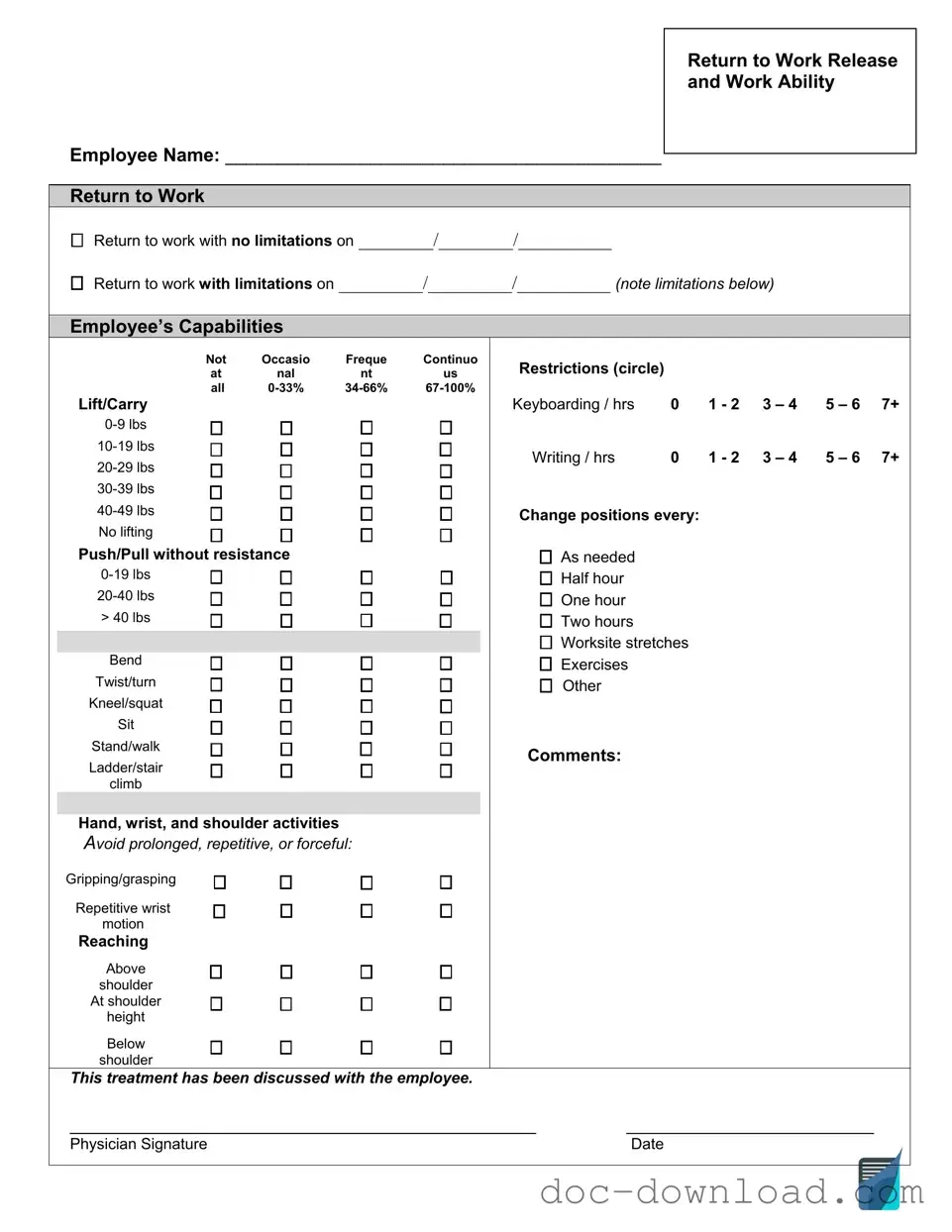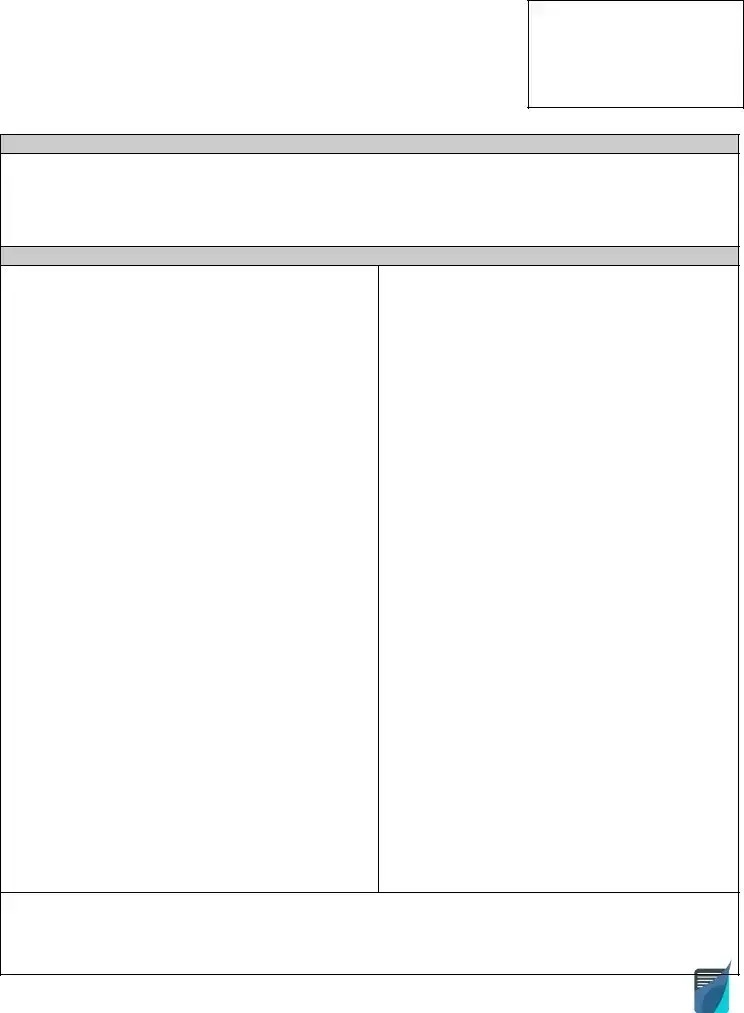The Work Release form is similar to an Employment Verification form. Both documents serve to confirm an individual's employment status and details. While the Work Release form is specifically designed for individuals participating in a work release program, the Employment Verification form is often used by employers to provide proof of employment for various purposes, such as loan applications or background checks. Each form includes essential information like the employee's name, job title, and dates of employment, ensuring that the necessary verification is completed efficiently.
A General Power of Attorney is an essential document that empowers an individual to represent another in numerous legal and financial matters, which can be a significant component in managing one's affairs effectively. This form allows the agent to act on behalf of the principal much like a Work Release form facilitates permissions for various activities. For those seeking to understand more about this document, resources such as Georgia PDF Forms can provide valuable insights and access to relevant materials.
Another comparable document is the Leave of Absence form. This form allows employees to formally request time away from work for various reasons, including medical, personal, or family matters. Like the Work Release form, it requires the employee to provide specific details about their situation, including the duration of the leave and the reason for the absence. Both documents aim to facilitate communication between the employee and employer, ensuring that all parties are informed and that proper procedures are followed.
The Family Medical Leave Act (FMLA) form also shares similarities with the Work Release form. Both documents are utilized to manage an employee's time away from work for specific reasons. The FMLA form is specifically for employees seeking leave for family or medical reasons, while the Work Release form pertains to individuals transitioning back to work from incarceration. Each document requires detailed information to assess eligibility and compliance with respective regulations, highlighting the importance of maintaining accurate records in both scenarios.
A further document that resembles the Work Release form is the Medical Release form. This form allows individuals to authorize the release of their medical information to designated parties, often required for employment or insurance purposes. Both forms necessitate the individual's consent and include personal information. They aim to protect the rights of the individual while ensuring that necessary information is shared with the appropriate entities, fostering transparency and trust in the process.
Lastly, the Consent to Treat form is another document that aligns with the Work Release form. This form is used to obtain permission from an individual for medical treatment. Similar to the Work Release form, it requires the individual to acknowledge understanding of the implications of their consent. Both documents emphasize the importance of informed decision-making and the individual's autonomy in their respective situations, whether it be returning to work or receiving medical care.

